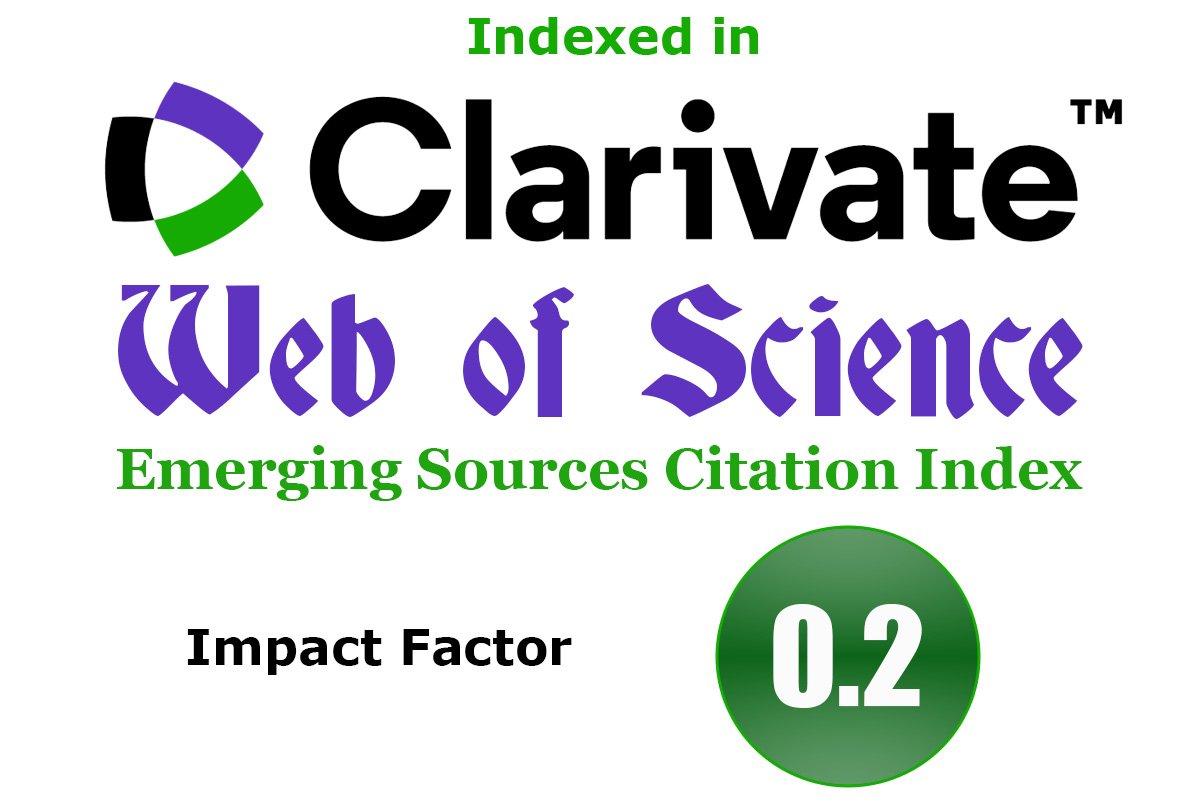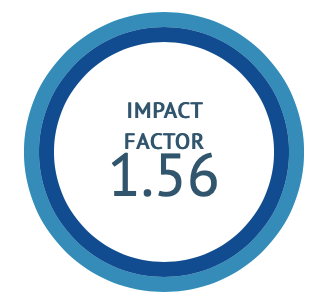Pharmacological Insights and Phyto-Chemical Profiling of Dhanyaka (Coriandrum Sativum Linn) for Therapeutic Applications
DOI:
https://doi.org/10.47552/ijam.v16i2.6069Keywords:
Dhanyaka, Coriander, Coriandrum sativum Linn, Essential oil, Extracts Linalool, Ayurveda, Kanakasava, Herbal nebulizer solution, GC-MS, Molecula fragmentationAbstract
The Dhanyaka (Coriander) is botanically identified as Coriandrum sativum Linn belongs to Apiaceae (Shatapushpa Kula) family. It is a commonly used spices and medicine in Ayurveda. In Ayurveda, Ardha Dhanyaka (wet coriander), Sushka Dhanyaka (dry coriander), and Dhanyaka Shaka (fresh coriander leaves) are different forms of coriander used for their medicinal properties.
Dhanyaka (Coriandrum sativum Linn) beeja (seeds) consists of, kashaya, tikta rasa (astringent and bitter taste), snigdha laghu guna (unctuous, light properties), ushna veerya (hot in potency) and madhura vipaka (undergoes sweet metabolism). It acts as tridhosha shamaka (mitigates vata, pitta and kapha), deepana (appetizer), pachana (enhances digestion), mutrala (diuretics), jwaraghna (anti-pyretic), grahi (absorbent), trishnanigrahana (subsides excessive thirst), dahahara (cooling), chardighna (antiemetic), swasahara (anti-asthmatic), krimighna (anti-microbial), and hridya (cardiac tonic). Observations and results: The qualitative and quantitative analysis shows oil yield 7.89% and 9.25%, odour- pleasant, colour- greenish brown, taste- spicy, acid value - 8.569 & 7.568, iodine value - 42.12 & 82.39, saponification value - 285.36 & 236.23, ester value- 265.35 &226.521 in aqueous & methanol respectively. Phytochemical analysis of Dhanyaka extract shows presence of carbohydrates, alkaloids, flavonoids, glycosides, tannins, gas chromatography and mass spectrometric analysis indicates the presence of β-linalool as major chemical constituent along with other essential components, which is widely used in the markets of food, pharmaceutical, cosmetic and aromatherapy.
Downloads
Published
How to Cite
Issue
Section
License
Copyright (c) 2025 International Journal of Ayurvedic Medicine

This work is licensed under a Creative Commons Attribution-NonCommercial-ShareAlike 4.0 International License.
The author hereby transfers, assigns, or conveys all copyright ownership to the International Journal of Ayurvedic Medicine (IJAM). By this transfer, the article becomes the property of the IJAM and may not be published elsewhere without written permission from the IJAM.
This transfer of copyright also implies transfer of rights for printed, electronic, microfilm, and facsimile publication. No royalty or other monetary compensation will be received for transferring the copyright of the article to the IJAM.
The IJAM, in turn, grants each author the right to republish the article in any book for which he or she is the author or editor, without paying royalties to the IJAM, subject to the express conditions that (a) the author notify IJAM in advance in writing of this republication and (b) a credit line attributes the original publication to IJAM.




